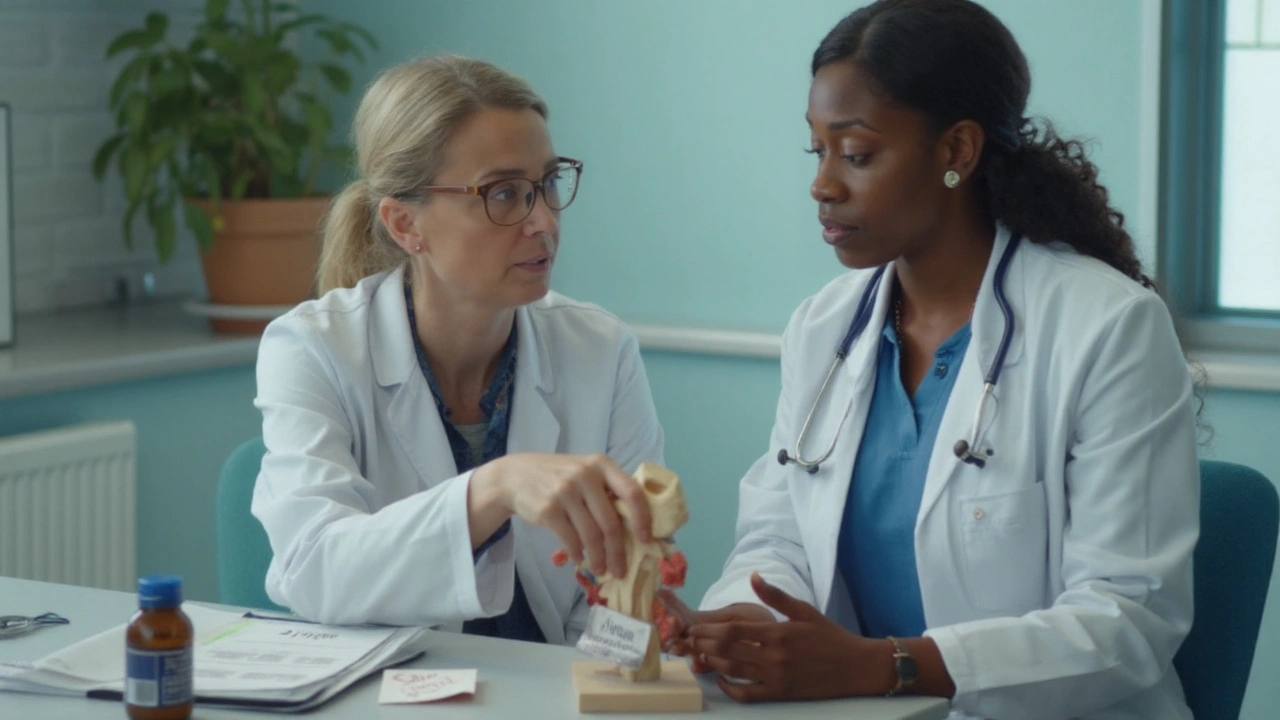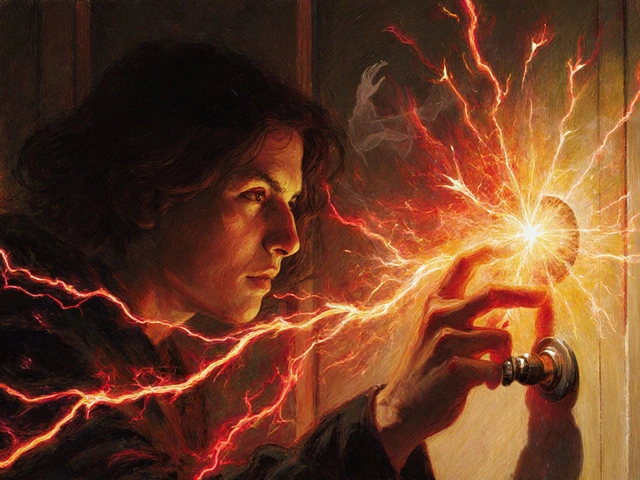Graves Orbitopathy: What It Is and How to Handle It
If you’ve been diagnosed with Graves disease, you might notice your eyes looking different. That’s often Graves orbitopathy, also called thyroid eye disease. It’s an inflammation that makes the muscles and tissues around the eyes swell. The result can be bulging eyes, gritty feeling, or trouble moving the lids.
First things first: the swelling isn’t just cosmetic. It can affect vision, cause dryness, and sometimes lead to pain. Knowing the signs early helps you get the right care before things get worse.
Common Signs You Should Watch For
People with Graves orbitopathy usually notice one or more of these symptoms:
- Eyes that look more prominent or “bulgy.”
- Redness, itching, or a feeling like something is in the eye.
- Tightness in the eyelids that makes it hard to close them fully.
- Double vision, especially when looking to the sides.
- Swelling of the tissue around the eyes, sometimes extending to the cheekbones.
If any of these show up, call your doctor. Early detection can keep the condition from progressing.
How Doctors Diagnose the Problem
The diagnosis starts with a simple eye exam. Your eye doctor will check eye movement, measure how far the eyes protrude, and look for any inflammation. Blood tests for thyroid hormone levels help confirm that the eye changes are linked to Graves disease.
Imaging tests like a CT scan or MRI give a clear picture of the muscles and tissue behind the eyes. These scans help the doctor decide how severe the swelling is and whether surgery might be needed later.
What Treatment Options Are Available
Treatment depends on how bad the symptoms are. For mild cases, doctors often start with:
- Artificial tears to keep the eyes moist.
- Anti‑inflammatory tablets such as ibuprofen for pain.
- Keeping the thyroid hormone levels stable with medication or radioiodine therapy.
If swelling is moderate to severe, steroids may be prescribed to reduce inflammation quickly. Steroids can be given orally or through an injection directly behind the eye.
When steroids aren’t enough, newer drugs that block the immune response—like teprotumumab—have shown good results in shrinking eye tissue. These treatments are usually given through a series of infusions over several weeks.
In cases where the eyes stay bulgy or the vision is threatened, surgeons can step in. Common procedures include:
- Orbital decompression – removing bone or fat to give the eyes more room.
- Eyelid surgery – fixing lid retraction so the eyes can close properly.
- Strabismus surgery – aligning the eyes to clear up double vision.
These surgeries are usually done after the inflammation has settled.
Living With Graves Orbitopathy
Besides medical care, a few lifestyle tweaks can make daily life easier. Using a humidifier at night helps with dryness. Wearing sunglasses outdoors reduces glare and protects the eyes from wind.
Smoking is a big no‑no. It worsens eye inflammation and makes treatments less effective. If you smoke, quit as soon as possible.
Regular follow‑up appointments let your doctor track changes and adjust treatment. Most people see improvement over time, especially when thyroid levels stay steady.
Graves orbitopathy can feel scary, but knowing the signs, getting a prompt diagnosis, and following a clear treatment plan can keep you from losing sight or dealing with severe discomfort. Talk to your eye doctor today if anything feels off—early action makes a big difference.

Selenium for Graves’ Disease: Evidence, Dosage, Safety, and Who Benefits
Does selenium help in Graves’ disease? Clear, evidence-based guidance on when it helps (especially eye symptoms), safe doses, forms, risks, and practical steps.
Aug 22 2025




